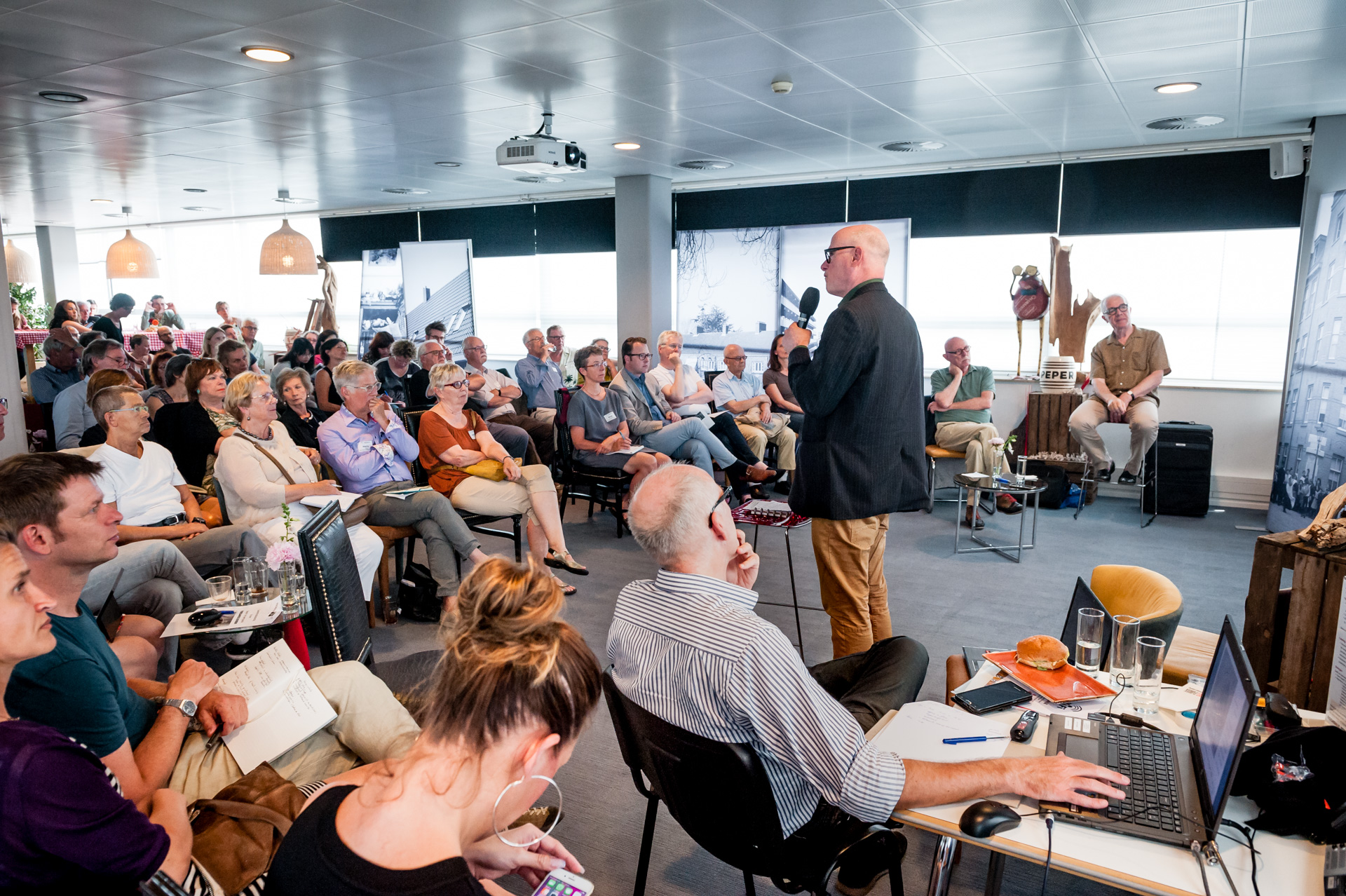
20 June 2017
The City has many Shades of Grey
‘The inclusive city’ is a broad concept that has been mention many times during the past week at the International Social Housing Festival. Everybody has a right to the city, and for obvious reasons social housing plays an important part in this. The festival has been successful in exposing the depths of this idea, and explaining the different perspectives involved. The event ‘Golden Years, aging in the city’ is a good example of this, as it tackled the problems of inclusivity for all ages.

It makes sense that most people prioritize problems that concern themselves or people around them above other things. Student worry about student housing, young families about space for the kids and elderly folks about suitable housing for their needs. ‘Golden Years’ was an eye-opener for me, a twenty-something urbanite, as I was absorbed into the hotly contested issue of aging in the city. Of course I was aware of shifts in our demographic profile, how the general population is getting older and the group of elderly will grow in the future. But according to speakers during this event we can expect a tsunami of elderly people in cities during the coming decades, and they will turn the city completely upside down. The event opened with an anecdote, also recently featured on Pop-Up City, of a project in Brazil where elderly ladies helped young ‘smartphone zombies’ cross the street. Talking about turning tables!
A big part of now is the fact that the baby-boom generation is turning 70, and they come in big numbers. And they showed up to this event in big numbers, clearly not new to the discussion, and clearly getting fed up with talking. Someone mentioned at the end of the day how they had been overflown with research, visions, theories, plans, ambitions, and so on. But no hands-on solutions. This was affirmed by a health care professional, who stated how public policy has been focusing on letting people live at home by themselves for as long as possible, but there haven’t been clear visions on how to achieve this. The traditional model of elderly care homes is not functioning well anymore, and is not suitable for current and future challenges. They now function as centers for emergencies; “the final option when it is actually too late already.” That was never the idea, right?

The day involved piles of suggestions, ideas and concerns. And yes, the ‘wicked problem’ label was dropped. It seems quite appropriate. Focus and a common goal is desperately needed. Who will take the lead? The aging group want to take action but don’t know how, so they look to the municipality or housing associations. In turn they, in their role as facilitators, look back at the public and expect them to come up with solutions: “otherwise they will never work”. When it comes to issues of shared responsibility, how much can you expect from each other? As the group of elderly is growing, they are becoming increasingly diverse. Standardized solutions for stereotyped people are no longer sufficient and simply don’t work. But are custom-made arrangement for each and everyone realistic? Whether you like it or not, this topic will become more dominant in urban development in the coming years. Especially the baby-boom generation is not afraid of speaking up and prepared to take their place in the city. And don’t be fooled, we are talking about a very vital group of people, who will surely make the modern city even more dynamic.
This article is part of a special series in which Pop-Up City reflects on the first edition of the International Social Housing Festival taking place in Amsterdam between 13 June and 21 June 2017 in Amsterdam.




Comments